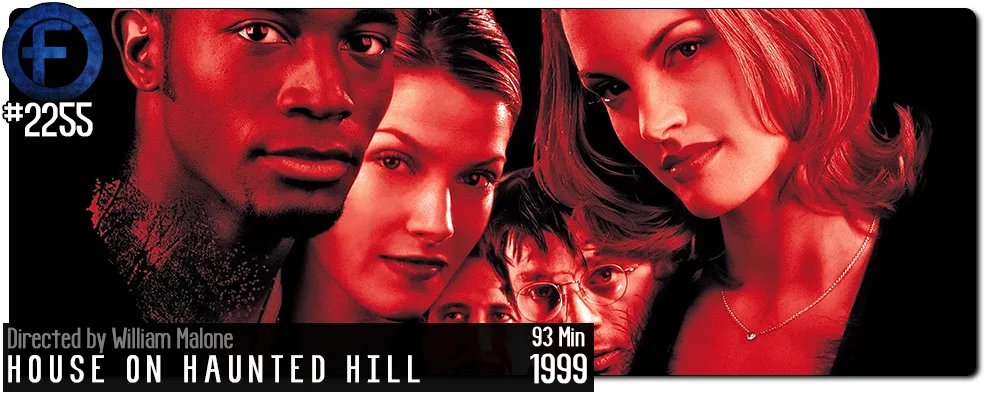Movie Review – House On Haunted Hill
Principal Cast : Geoffrey Rush, Famke Janssen, Taye Diggs, Ali Larter, Chris Kattan, Bridgette Wilson, Peter Gallagher, Max Perlich, Jeffrey Combs, Lisa Loeb, James Marsters, Peter Graves.
Synopsis: An amusement park mogul offers a group of diverse people $1,000,000 to spend the night in a haunted house with a horrifying past.
********
One of the first films from 90’s horror production house Dark Castle Entertainment, the 1999 remake of the Vincent Price-led 1959 schlocker House on Haunted Hill is a slicker, bloodier, and easily more entertaining piece of horror-thriller drudge. Directed by William Malone, this modern retelling of the original classic boasts slicker effects, more gruesome horror elements, and was a showcase for low-budget genre thrills that predated Blumhouse by a couple of decades.
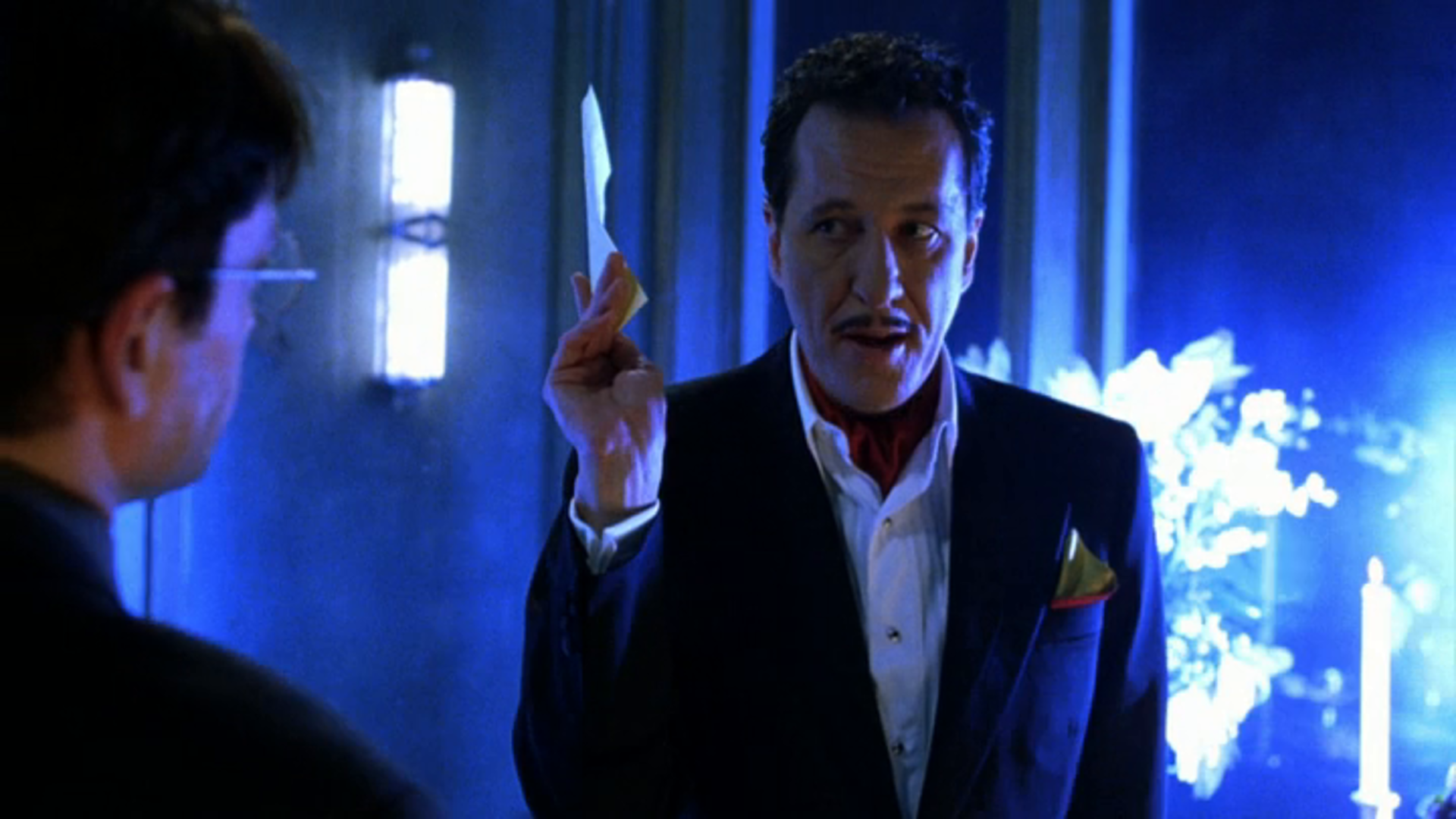
The film opens with the introduction of a sinister location, The Vannacutt Psychiatric Institute for the Criminally Insane. This ominous structure, perched atop a desolate hill, is the perfect setting for a horror story. It looms over the landscape, casting a long shadow of dread. Eccentric millionaire Steven Price (Geoffrey Rush) offers an eclectic group of people a substantial sum of money to spend the night inside the now-abandoned asylum. His ulterior motive? Price is a firm believer in the supernatural and is intent on proving the existence of ghosts. The ensemble all have a variety of motives, secrets and scandals, and form a suitably cannon-fodder-esque bunch to throw into Price’s maelstrom of terror. They include Price’s wife, Evelyn (Famke Janssen), a theme park owner; a former baseball player turned aspiring TV personality, Eddie Baker (Taye Diggs); a young doctor, Jennifer Jenzen (Ali Larter); a professional psychic, Watson Pritchett (Chris Kattan); and a bitter, money-hungry employee of Price’s, Melissa Marr (Bridgette Wilson). Yet, while they all ar ostensibly prepared to be titillated by the relatively simple tricks Price has concocted, they have no way of knowing that the house is actually haunted by real-life malevolent spirits.
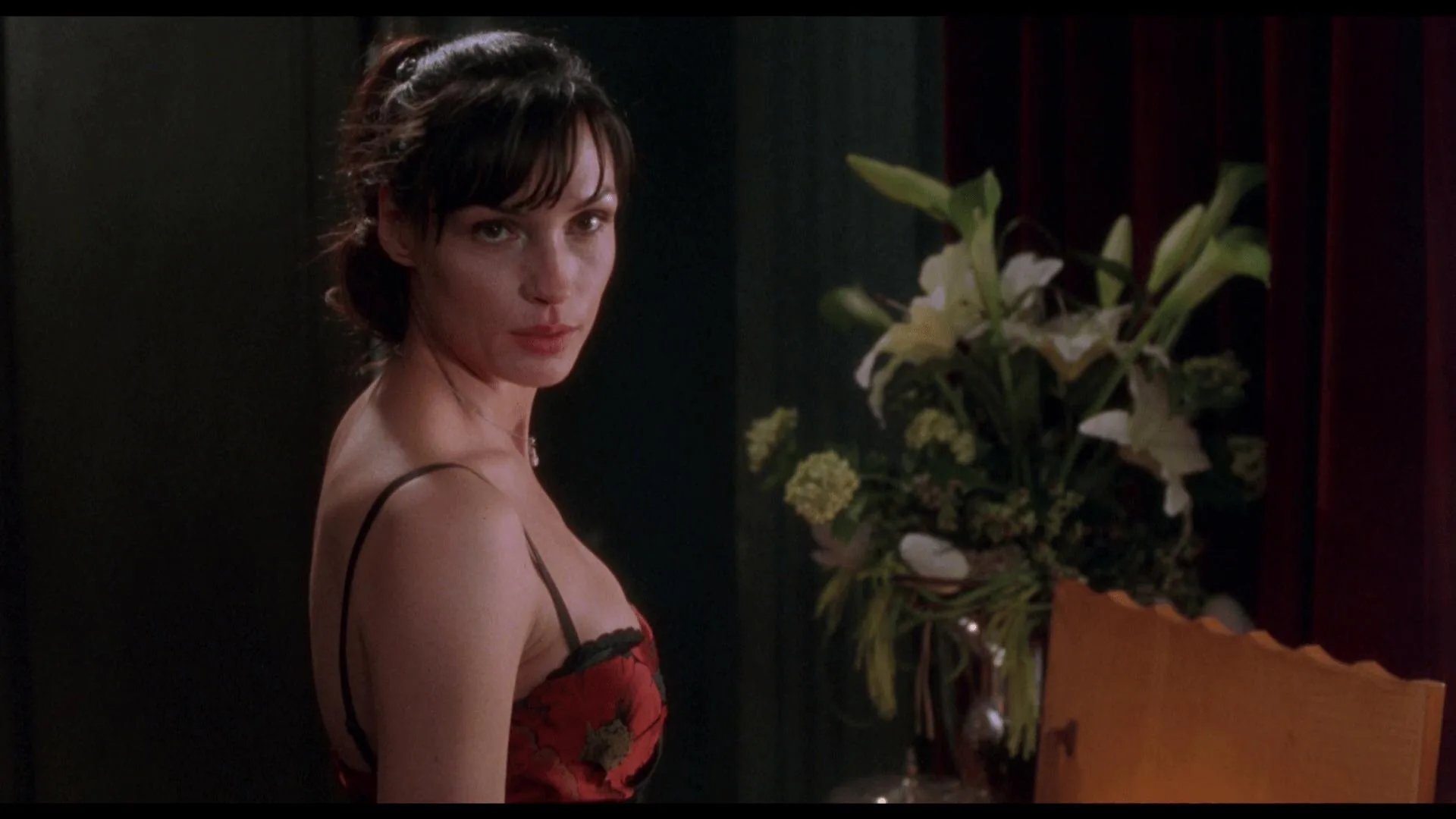
William Malone’s direction in House on Haunted Hill is a masterclass in creating tension and fear. From the moment the characters step foot inside the asylum, the atmosphere is saturated with dread. Dark, eerie hallways, flickering lights, and the feeling of being watched are ever-present. The film’s visual style is as unsettling as the location itself. The cinematography captures the oppressive architecture of the asylum, where every corner seems to hide something sinister. The use of practical effects and makeup to bring the ghosts to life adds a visceral and genuinely scary element to the horror. The ghosts themselves are a diverse and ghastly group, each with their own horrifying backstory. Their appearances are sudden and shocking, accompanied by chilling sound design that will make your heart race. The jump scares are expertly timed, providing that essential jolt of fear that keeps you on the edge of your seat, although one does tend to find they lean too heavily into being overdone more than required. Shock-factor is a big aspect to this remake.
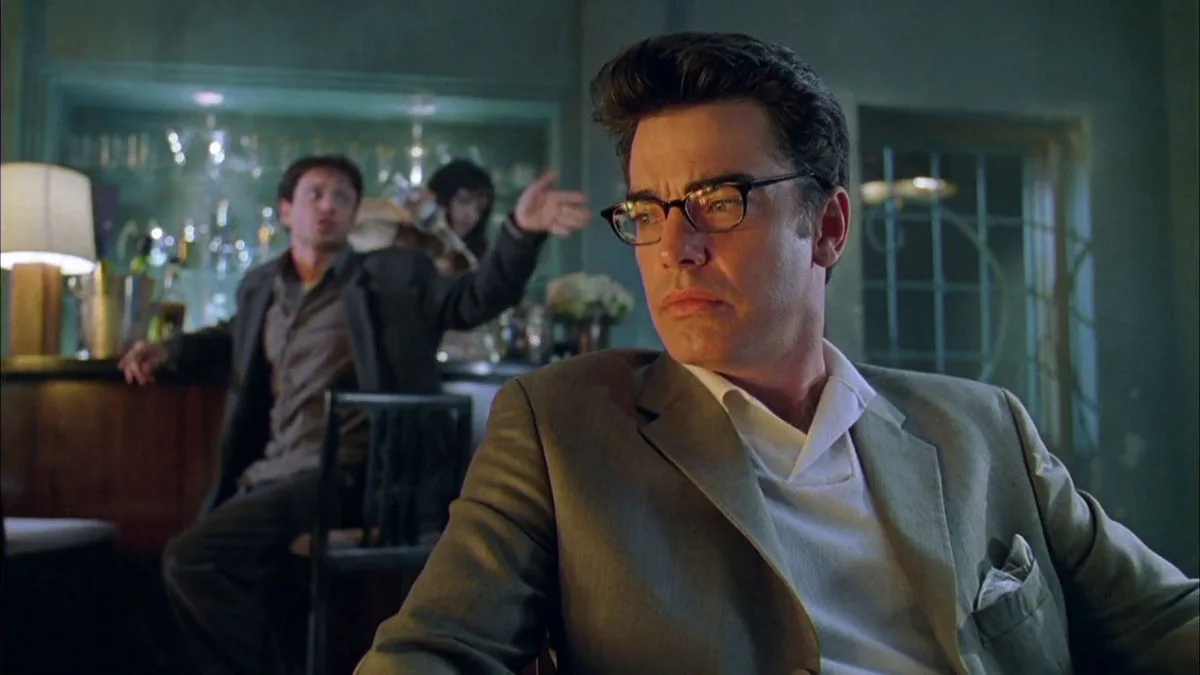
Geoffrey Rush’s portrayal of Steven Price is a highlight of the film. Price is a character who relishes the macabre and the paranormal, and Rush brings an eccentric charm to the role. He’s both endearing and unsettling, and his performance keeps you guessing about his true intentions throughout the film. Price’s interactions with the other characters, particularly his wife Evelyn, are laced with tension and a hint of malevolence. Rush’s ability to switch between charm and menace adds depth to the character and contributes to the film’s sense of unease. Famke Janssen’s portrayal of Evelyn Price is equally noteworthy. As the wife of Steven Price, she has her own enigmatic qualities. Her character undergoes a transformation throughout the film, and Janssen’s performance captures the complexities of Evelyn’s personality. Evelyn’s history and her relationship with her husband add layers to the narrative. Her interactions with the other characters, particularly with Jennifer Jenzen, create moments of suspense and intrigue. Janssen’s performance is a testament to her ability to portray multifaceted characters.
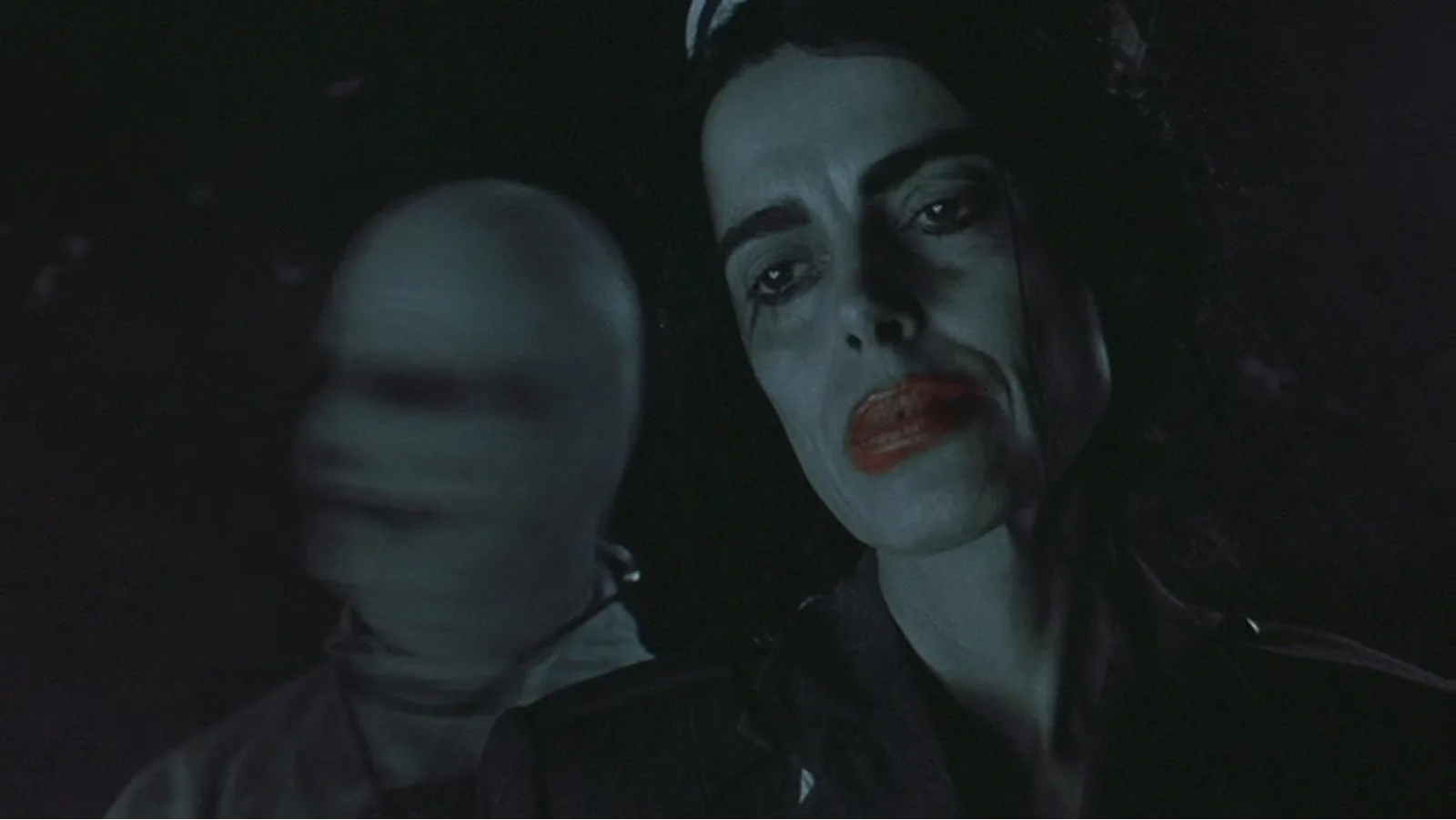
The supporting cast, including Taye Diggs, Ali Larter, Chris Kattan, and Bridgette Wilson, each bring their unique traits to the table. Diggs’s portrayal of Eddie Baker adds a touch of charisma and humour to the group, while Larter’s Dr. Jenzen brings a sense of rationality to the proceedings. Kattan’s Watson Pritchett, the psychic, adds an interesting dimension to the story, despite my general distaste for the actor himself. His character’s knowledge of the asylum’s dark history is a crucial element in unravelling the mysteries of the house. Bridgette Wilson’s Melissa Marr is the film’s sceptical voice, and her character’s transformation as the night unfolds is a testament to the film’s ability to subvert expectations.
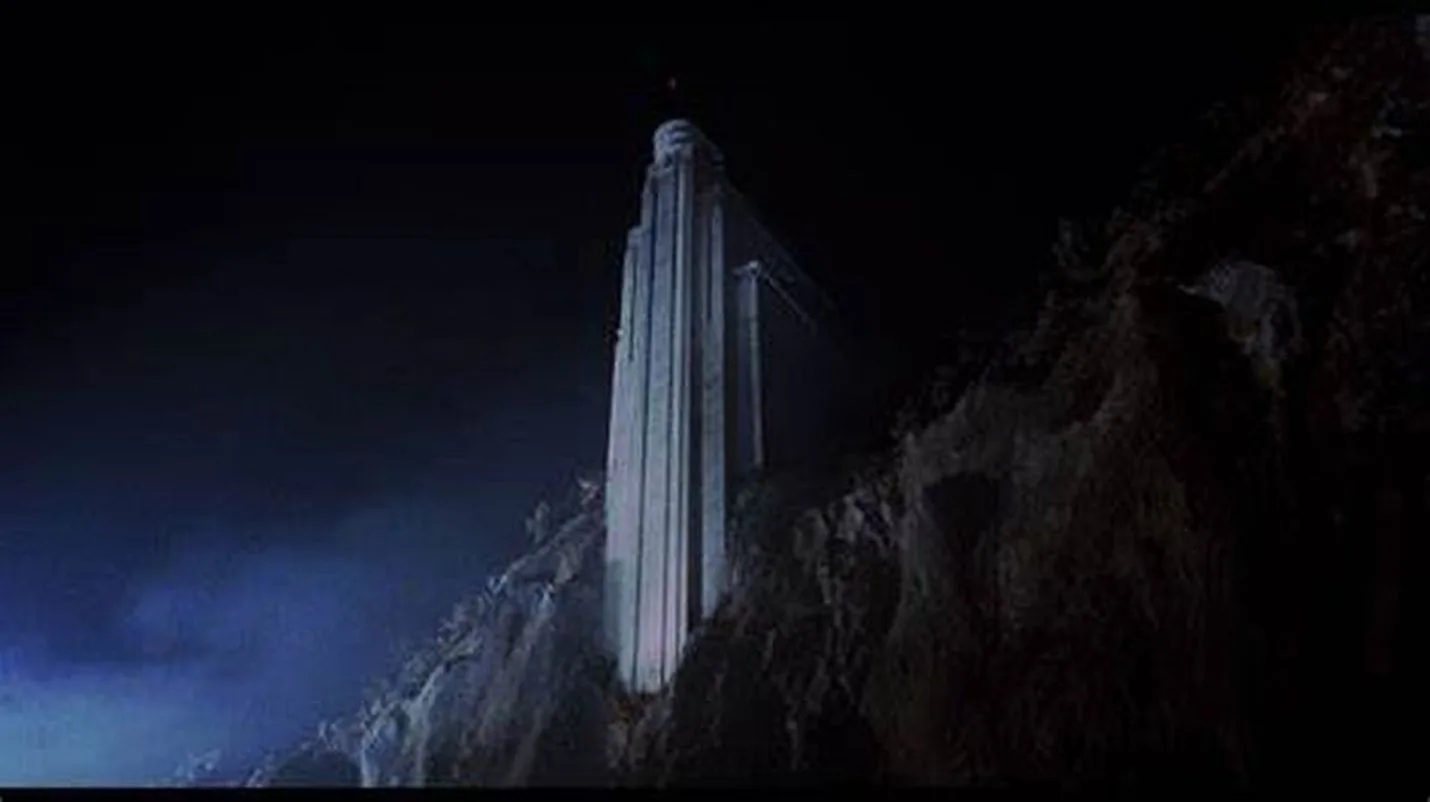
As with any great horror film, the score and sound design in House on Haunted Hill are integral to the experience. Composer Don Davis creates a soundtrack that is both haunting and atmospheric. It enhances the film’s sense of foreboding and unease, setting the mood for the horror to come. Sound is a crucial element in the film’s scares. From the eerie whispers of the ghosts to the groaning of the asylum’s structure, every sound adds to the sense of impending dread. It’s in these auditory cues that the true terror of the house is unveiled. The asylum’s history is shrouded in darkness, madness, and murder. It serves as the backbone of the film’s horror. The malevolent spirits that haunt the house are the tormented souls of the inmates and staff who met gruesome ends within its walls. The flashbacks to the asylum’s past are some of the most chilling moments in the film. They reveal the horrors that unfolded within the institution and the sadistic actions of its chief physician, Dr. Richard B. Vannacutt (Jeffrey Combs). These glimpses into the past add depth to the film’s supernatural elements and provide a context for the terror that ensues.
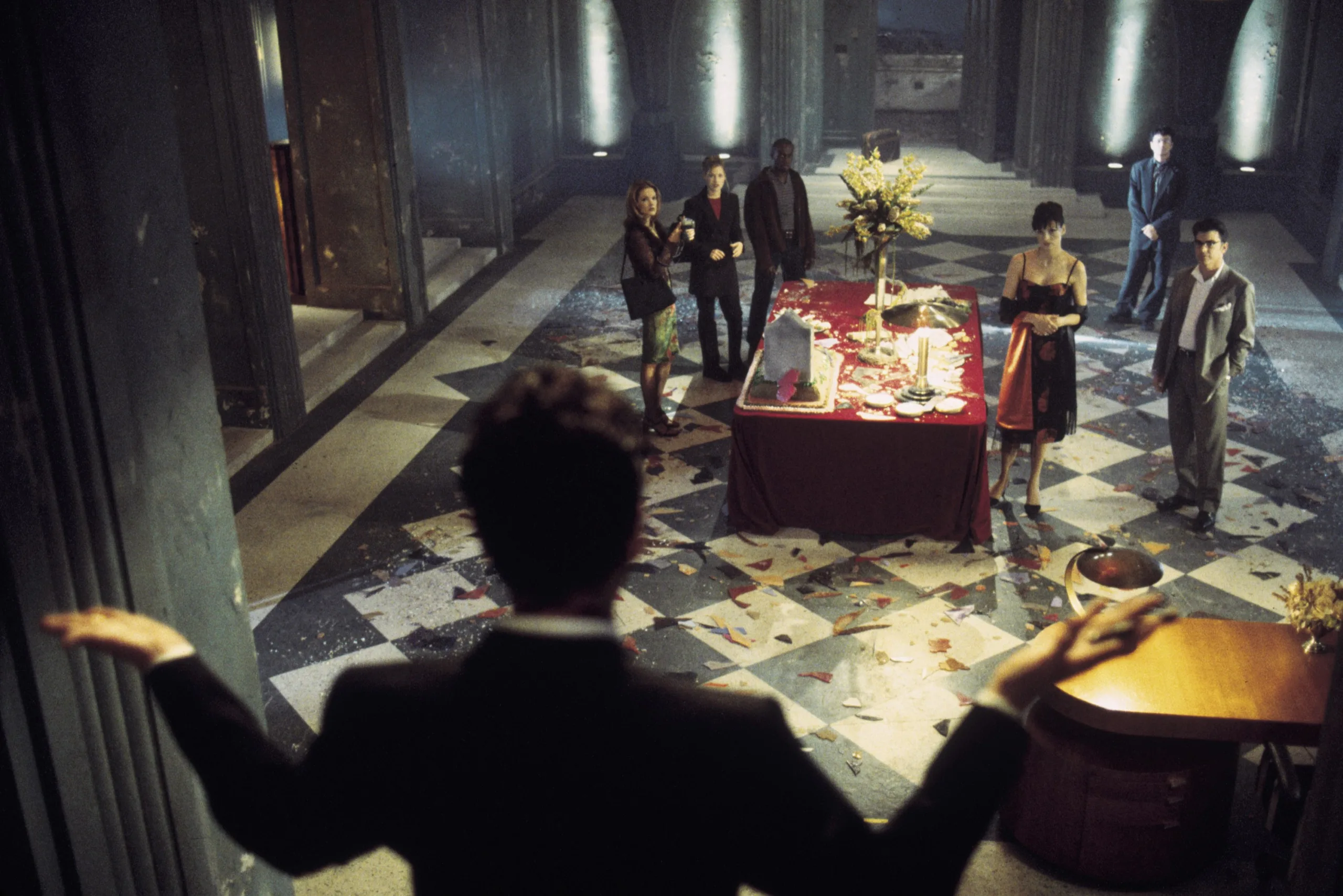
Amidst the supernatural horrors, House on Haunted Hill explores themes of greed and redemption. Each character is driven by their own motivations, whether it’s Steven Price’s obsession with the paranormal, Evelyn’s desire for wealth, or the others’ pursuit of the prize money. As the night unfolds and the horrors intensify, the characters are forced to confront their own flaws and past mistakes. The house becomes a crucible of sorts, challenging them to face their sins and find redemption. It’s a thematic undercurrent that attempts to add depth to the story, but whether it succeeds or not depends on your tolerance for cheapo 90’s horror.
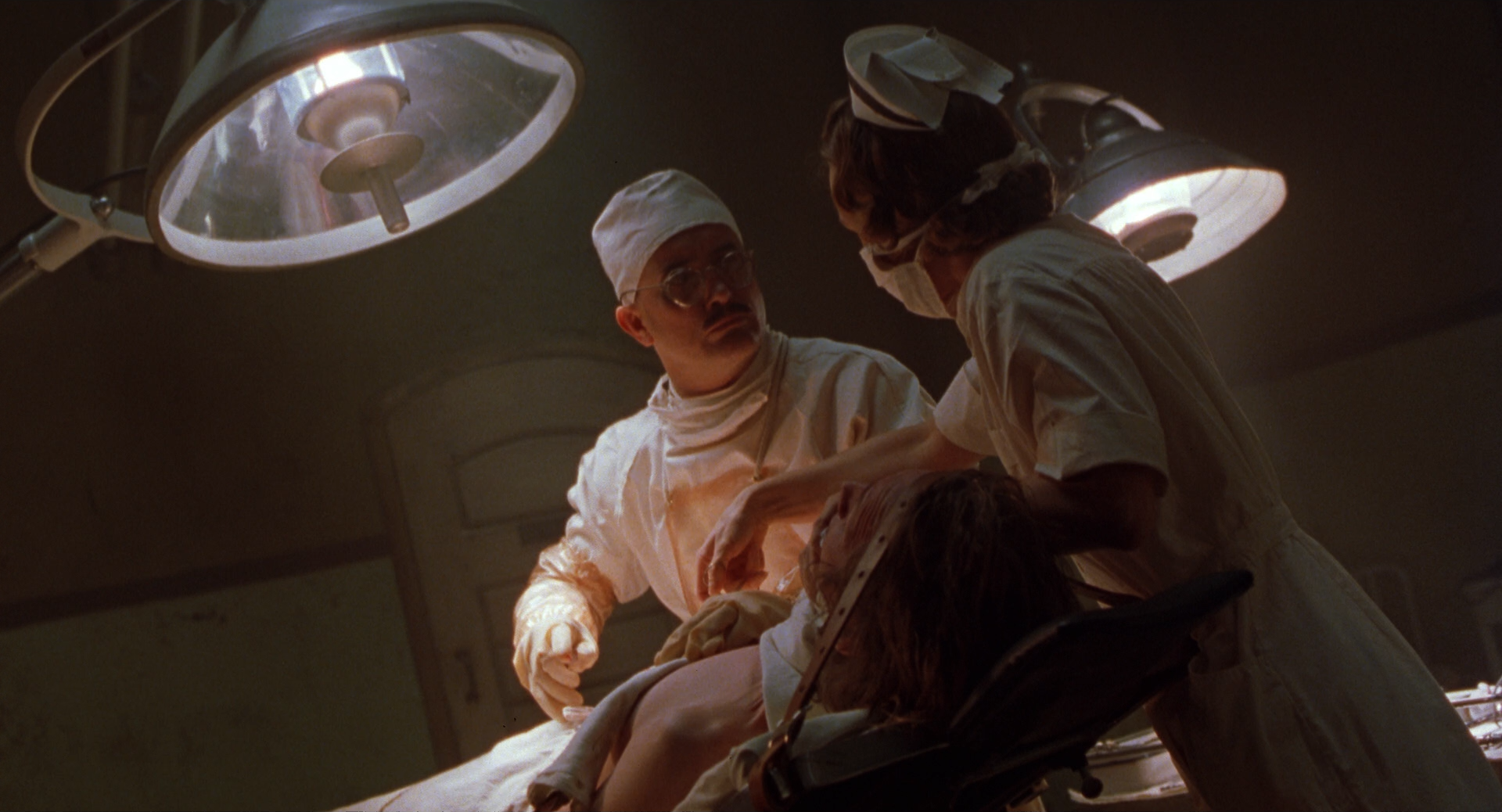
I consider House on Haunted Hill to be a modern classic of the horror genre. It takes various elements of the original and injects them with fresh terror and suspense. The film’s masterful use of visuals, sound, and fun character dynamics creates an atmosphere of dread that lingers long after the credits roll. The performances of the cast, particularly Geoffrey Rush and Famke Janssen, elevate the film and make the characters more compelling and complex than they might otherwise have been, despite even the campiest of acting performances. The ghostly apparitions and the asylum’s grim history are truly horrifying, and the climax is – at the correct volume on your home cinema – a thunderous descent into madness.
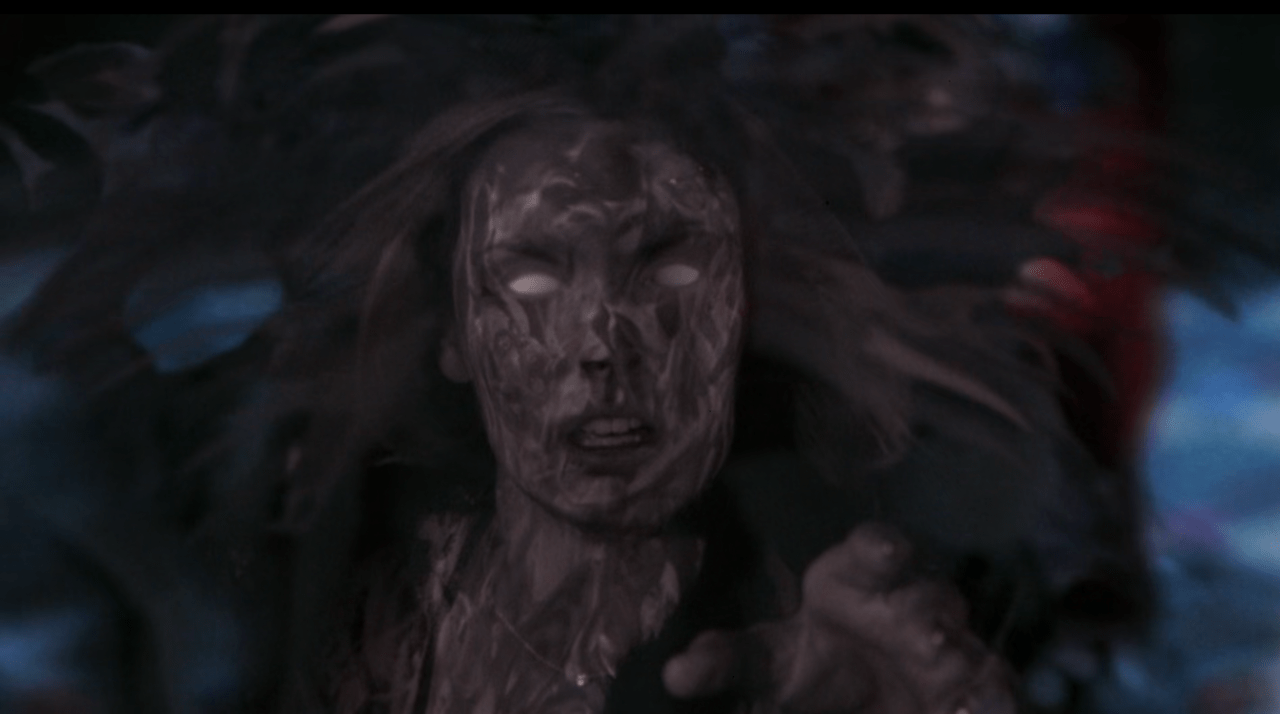
If you’re a fan of classic haunted house stories with a modern twist, House on Haunted Hill is a must-watch. It’s a reminder that even in the darkest corners of the horror genre, there are new scares to be discovered. It’s less effective watching it in broad daylight, but if you shutter the windows and turn off all the lights, it’s a tremendously enjoyable time being scared. It’s hugely underrated and likely forgotten by most, but in rewatching it I found myself utterly drawn into its spine-tingling sense of playful horror. Deserves consideration as one of the decades better entries into the subgenre.

